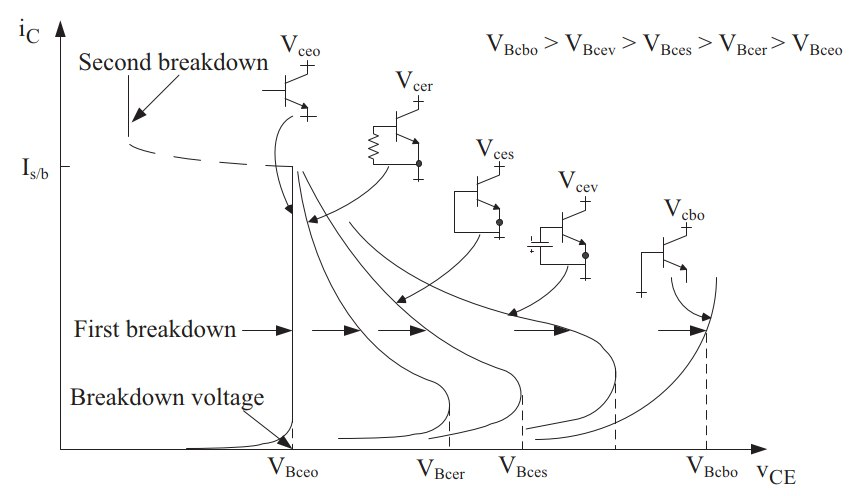Science
Innovator Explores Reverse Biasing in NPN BJTs for 2025 Challenge

In a recent entry for the 2025 Component Abuse Challenge, inventor Tim Williams explored the effects of reverse biasing an NPN bipolar junction transistor (BJT). This experiment raises intriguing questions about the operational limits of transistors, particularly how they behave under conditions not typically specified in their design.
Williams noted that the term “NPN” amusingly reads the same forwards and backwards, leading him to question the potential outcomes of reverse biasing. While his remark was made in jest, it underscores a fundamental aspect of transistor functionality. In reality, the doping levels in the emitter and collector of NPN BJTs differ significantly, resulting in distinct operational characteristics.
Historically, the concept of reverse biasing was discussed in detail by the late engineer Bob Pease, who posed similar questions in an article dated March 18, 1996. Williams referenced this prior work to highlight the evolution of thought surrounding transistor behavior in non-standard conditions.
Understanding Inverted Mode Operation
In his findings, Williams explained that certain transistors are engineered to function in what he refers to as “inverted mode.” This mode allows for reverse biasing without immediate failure. However, the majority of BJTs are not designed for such abuse, leading to potential malfunctions and damage.
During his experiment, Williams measured an output voltage of approximately -0.4 volts using a high-impedance meter, indicating a notable response from the reverse-biased transistor. In an effort to replicate his results, our team conducted the same experiment but could not achieve similar outcomes. Numerous factors, including equipment calibration and environmental conditions, may account for this discrepancy.
Researchers and enthusiasts are encouraged to perform this experiment independently and share their findings. Engaging in such hands-on activities not only enhances understanding but also fosters a community of learning and exploration in the field of electronics.
Further Learning Opportunities
For those interested in deepening their knowledge of transistors, we recommend a five-part series on the role of transistors as amplifiers. This series, titled “Won’t Somebody, Please, Think Of The Transistors!” provides a comprehensive look at the foundational concepts essential for understanding modern electronics.
We extend our gratitude to Tim Williams for his innovative contributions to the Component Abuse Challenge and wish him success in the competition. As the field of electronics continues to evolve, experiments like these play a crucial role in expanding our understanding of component capabilities and limitations.
-

 World3 weeks ago
World3 weeks agoGlobal Air Forces Ranked by Annual Defense Budgets in 2025
-

 World3 weeks ago
World3 weeks agoMass Production of F-35 Fighter Jet Drives Down Costs
-

 Science3 weeks ago
Science3 weeks agoTime Crystals Revolutionize Quantum Computing Potential
-

 World3 weeks ago
World3 weeks agoElectrification Challenges Demand Advanced Multiphysics Modeling
-

 Top Stories3 weeks ago
Top Stories3 weeks agoDirecTV to Launch AI-Driven Ads with User Likenesses in 2026
-

 Top Stories3 weeks ago
Top Stories3 weeks agoNew ‘Star Trek: Voyager’ Game Demo Released, Players Test Limits
-

 Lifestyle3 weeks ago
Lifestyle3 weeks agoDiscover Reese Witherspoon’s Chic Dining Room Style for Under $25
-

 Entertainment3 weeks ago
Entertainment3 weeks agoFreeport Art Gallery Transforms Waste into Creative Masterpieces
-

 Health3 weeks ago
Health3 weeks agoGavin Newsom Critiques Trump’s Health and National Guard Plans
-

 Politics1 week ago
Politics1 week agoLanguage Evolution: New Words Spark Confusion in Communication
-

 Lifestyle3 weeks ago
Lifestyle3 weeks agoLia Thomas Honored with ‘Voice of Inspiration’ Award at Dodgers Event
-

 Entertainment3 weeks ago
Entertainment3 weeks agoFast & Furious Coaster Hits the Track at Universal Studios









